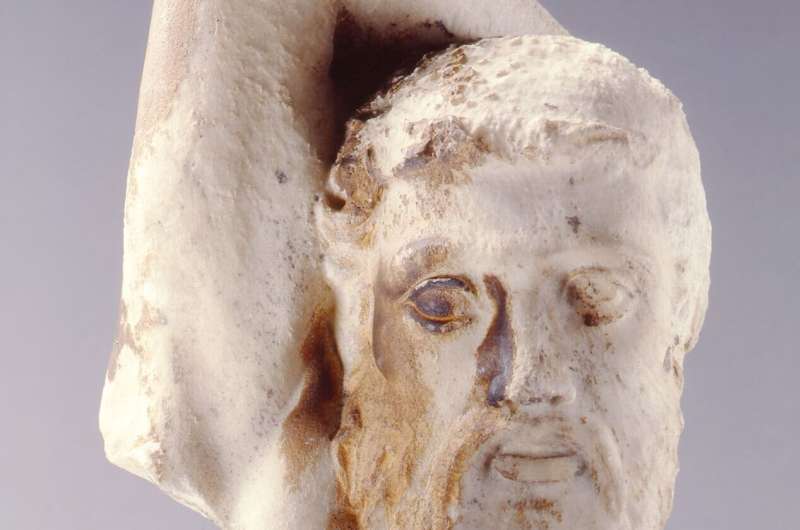A centaur head, along with another head,a Lapith, from the Parthenon temple and a horse’s hoof, came to Denmark in 1688 as a gift to King Christian V, and have remained in Denmark. The three pieces are exhibited at the National Museum in Copenhagen.
Calls to reunite these pieces have not yielded a positive response from Denmark as the Danish museum’s director, Dr. Rane Willerslev, feels that the three fragments on display in Copenhagen are of “great importance for Danish cultural history and for understanding our interaction with the world around us at a time when democracy was taking shape.”

Professor of Anthropology, and Director of the National Museum of Denmark, Dr. Rane Willerslev
The mystery of why parts of the centaur head are coated with a thin brown film, as are several other marble fragments from the Parthenon continues. The scientific investigation's conclusion is that the brown film are interesting, and remain unexplained.
There are two different brown layers with different chemical compositions, and it is likely that they have different origins. This could suggest that someone applied paint or a conservation treatment to the sculptures. Yet, since the traces of such substances have not been found, the brown film remains a mystery.
Visit the National Museum of Denmark's site to view the Lapith head, and the centaur head.






Comments powered by CComment